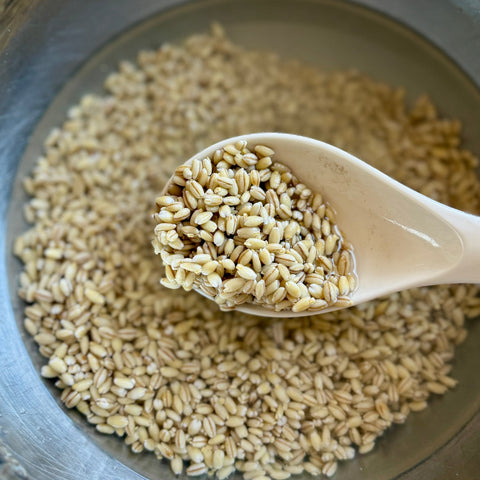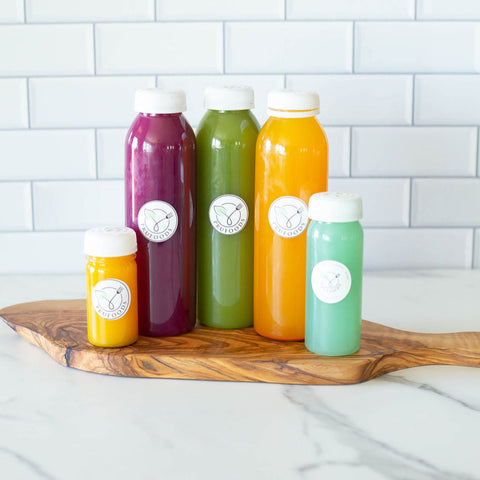When it comes to maximizing the health benefits of whole foods, preparation matters just as much as selection. One of the simplest but most powerful practices you can incorporate into your routine is soaking nuts, seeds, legumes, and grains. Soaking isn't just an old-world tradition — it's a science-backed method to enhance digestion, increase nutrient absorption, and unlock the full nutritional profile of these foods.
What is Phytic Acid — and Why Does It Matter?
Nuts, seeds, legumes, and grains naturally contain phytic acid, a compound that serves as a protective agent for the plant. While phytic acid helps plants survive, it can bind to important minerals like iron, calcium, magnesium, and zinc in our digestive tract — preventing our bodies from fully absorbing them.
In large amounts, this can contribute to mineral deficiencies over time, even in individuals who are eating otherwise healthy diets.
By soaking these foods before eating or cooking, you help break down phytic acid and make the minerals more bioavailable — meaning your body can actually use and benefit from them.
Benefits of Soaking Nuts and Grains
-
Increases Nutrient Absorption:
Reduces phytic acid and unlocks key minerals like zinc, magnesium, and iron. -
Improves Digestibility:
Activates enzymes that help break down proteins and starches, making foods gentler on the gut. -
Enhances Flavor and Texture:
Soaked nuts become creamier and less bitter, while soaked grains cook faster and more evenly. -
Supports Gut Health:
Soaking can reduce compounds that irritate the digestive lining, supporting overall digestive wellness.
How to Soak Nuts, Seeds, and Grains
Basic Method:
-
Rinse thoroughly to remove dirt and debris.
-
Soak in a large bowl with plenty of filtered water — at least twice the volume of the nuts or grains.
-
Add an acidic medium (optional but ideal) such as a splash of apple cider vinegar, lemon juice, or whey to help break down phytic acid even further.
-
Soaking Time: Typically 6–12 hours depending on the type (see chart below).
-
Drain and Rinse well after soaking. For grains and legumes, cook as normal. For nuts and seeds, you can eat them raw after soaking or dehydrate them to restore crunch.
| Food | Soaking Time |
|---|---|
| Almonds | 8–12 hours |
| Cashews | 2–4 hours |
| Walnuts | 6–8 hours |
| Brown Rice | 6–8 hours |
| Quinoa | 2–4 hours |
| Lentils | 6–8 hours |
| Chickpeas | 12 hours |
Tip: Always use clean, filtered water and refrigerate if soaking for longer than 8 hours to prevent fermentation.
Final Thoughts
Soaking nuts, seeds, legumes, and grains is a simple step that yields powerful nutritional benefits. By reducing phytic acid, you allow your body to absorb more minerals, digest foods more easily, and enjoy enhanced flavors and textures.
It's a return to traditional food preparation methods that honors both your health and the natural wisdom of real foods. At PruFoods, we take the extra step to provide you with only the best.



